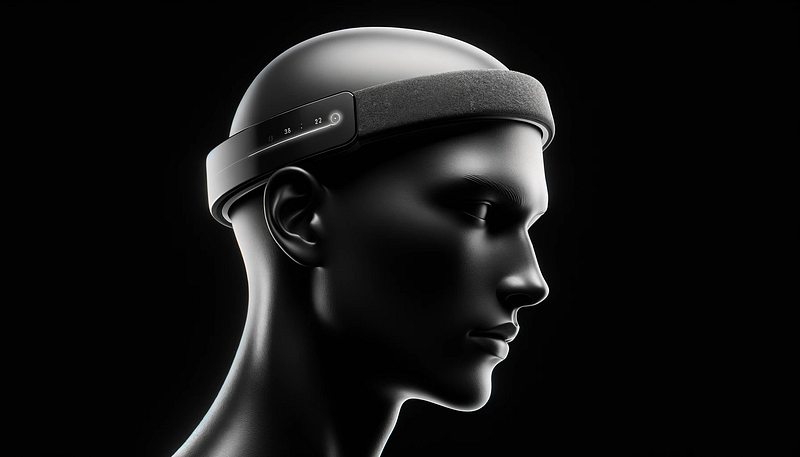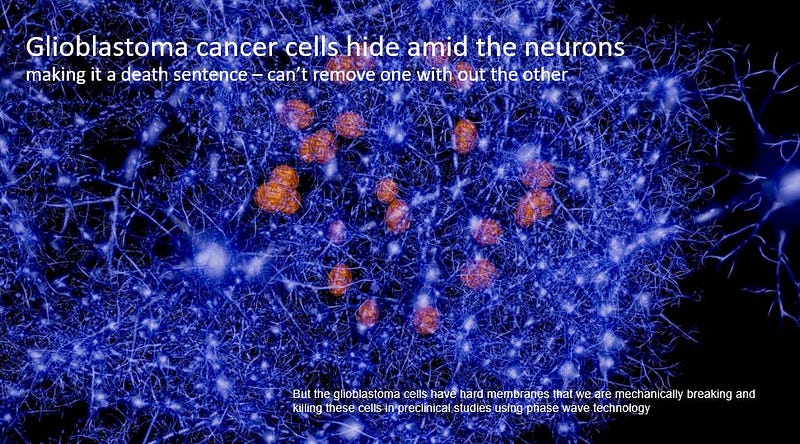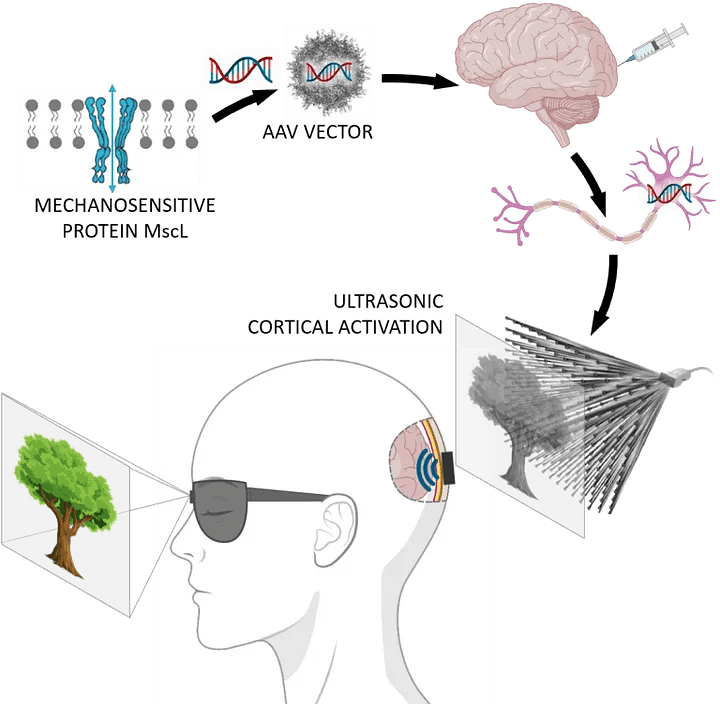The Silicon Hospital, where healing becomes a software problem
The Silicon Hospital, where healing becomes a software problem

In the current healthcare system, we typically see a doctor when we have symptoms. However, in many cases, symptoms only appear in the advanced stages of a disease. Cancer is a typical example of this. Many types of cancer are easily treatable in the early stages, while they are difficult to treat or may even be untreatable in advanced stages. Prevention is very important. If we had up-to-date information about the condition of our bodies, we could stop these diseases in time. This would not only drastically increase the chances of recovery but also significantly reduce the cost of healthcare, as there would be no need for treatments required in the advanced stages. Therefore, the development of diagnostic systems is at least as important, if not more so, than the development of treatments.
But diagnostics are also very important in the case of already-developed diseases. A good example is a stroke. If the patient is diagnosed within 2 hours, appropriate treatment can completely restore their condition. However, if time runs out, they may suffer very serious, permanent damage. So, in this case, too, diagnostics are crucial.
The OpenWater team is working on a device that can provide information about the condition of our bodies using near-infrared light and ultrasound. Their prototype system, OpenMotion, for example, is capable of monitoring blood flow, thus aiding in the detection of strokes. I have written a complete article about the system’s operation, so I will only outline it here.
medium.com
The system is based on the ability of near-infrared light to penetrate deeply into the human body. It can pass through soft tissues and even bones, allowing us to see inside the human body.
The problem is that the light scatters in the tissues, making it difficult to extract information, but it’s not impossible! OpenWater uses an acousto-optic solution where focused ultrasound alters the wavelength of the light passing through it, effectively marking the important light rays for observation. The phase of these marked light rays can be captured with a special camera and the necessary information can be extracted using the appropriate software.
A major advantage of the solution is that it can be built from relatively inexpensive components (a few-dollar laser, CCD chip, and ultrasound source), making it accessible to anyone as opposed to expensive medical equipment.
However, the role of this technology is wider than prevention and diagnostics. Advanced experiments are underway where focused ultrasound can destroy brain tumors. The everyday ultrasound technology used for examining pregnant women, when properly tuned, is capable of bursting glioblastoma cells. Additionally, experiments are being conducted on the direct ultrasound stimulation of neurons, which could successfully treat depression in the future, a condition currently only treatable with medication.

It’s worth considering the possibilities of the future if we combine this technology with others, such as nanotechnology or genetic engineering. For example, with the help of suitable contrast agents, detecting diseases that previously required serious medical equipment could become possible. We could mark cancer cells, and then package the cancer cell-destroying poison using nanotechnology in such a way that it only disintegrates where we focus the ultrasound. This would allow us to target the effects of the drugs very precisely.
Experiments are also underway aiming to restore vision in blind people by genetically modifying the neurons in the visual cortex so that they can be mechanically activated, allowing images to be directly transmitted into the brain using ultrasound. Moreover, we can read the state of neurons using near-infrared light, potentially restoring the ability to speak for paralyzed patients, such as those with ALS.

It is evident how versatile this technology can be. That’s why OpenWater is not focusing on a single disease. Instead, they are building a platform. The goal is to develop general-purpose devices based on ultrasound and near-infrared light that can be used in many areas of healing, whether for diagnostic purposes or specific treatments.
Imagine these general-purpose wearable devices that are accessible to everyone and include the necessary components such as near-infrared lasers or ultrasound sources. The same hardware can be used for detecting strokes or cancer, or even for treating clinical depression. It’s merely a matter of programming what we use it for.
A few weeks ago, I searched online to see how complicated it is to process these images with software. I found an MRI dataset and open-source software that can recognize brain tumors in MRI images with 99% effectiveness. The system is a relatively simple neural network, which the developer created just as a hobby. I just want to point out that if there are appropriate tools and data, the open-source software development community can work wonders. Imagine the explosive development that could happen in healthcare with such a device and the open-source ecosystem combined.
A few weeks ago, I had an MRI scan. That’s when it occurred to me to wonder how complicated it would be to evaluate MRI…pub.towardsai.net
Jepsen and OpenWater see this potential, which is why they decided to build the entire platform on open-source foundations. The patents are freely usable by anyone, but the blueprints, software components, medical data, and everything needed for development are also open-source. The company’s business model is to profit from manufacturing the hardware, not from the technology itself. Jepsen has experience in this area, making the model seem viable. Transforming healthcare is a monumental task. It’s not something that a single traditional startup can achieve, so if Jepsen is serious about this — and she indeed is — then there was no other option but to go open source.
It is evident, then, that we are talking about a revolutionary technology. One that is capable of exponential growth, potentially reforming the entire healthcare system within a few years. The only question is when it will reach the critical mass necessary for exponential explosion, and when a community will build up around the technology, similar to the one that has developed around open-source AI, which makes the progress unstoppable. I encourage everyone who works in similar fields to assist in this development and to be part of the revolution.
This technology truly holds historic potential. A general healthcare hardware platform accessible to everyone, coupled with artificial intelligence-based software, could fundamentally change healthcare. This new healthcare platform is the Silicon Hospital.
For more info, read Jepsen’s article about the topic, or watch her presentation on YouTube.